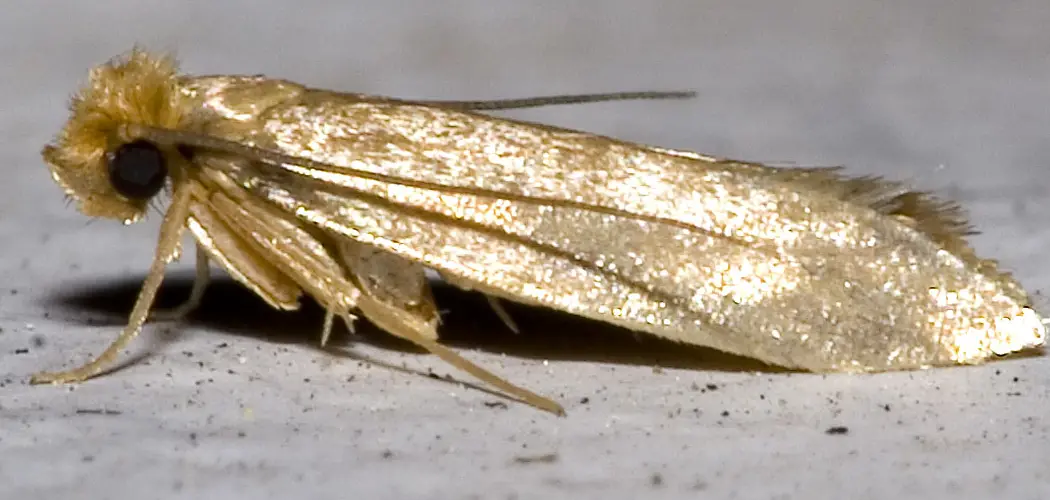Carpet moth infestations pose a significant issue for homeowners, particularly those with carpets, rugs, and other textiles made from natural fibers. Often developing in dark, undisturbed areas, carpet moths are drawn to materials like wool, where they lay their eggs. The larvae feed on these fibers, causing unsightly damage that can be costly to repair.
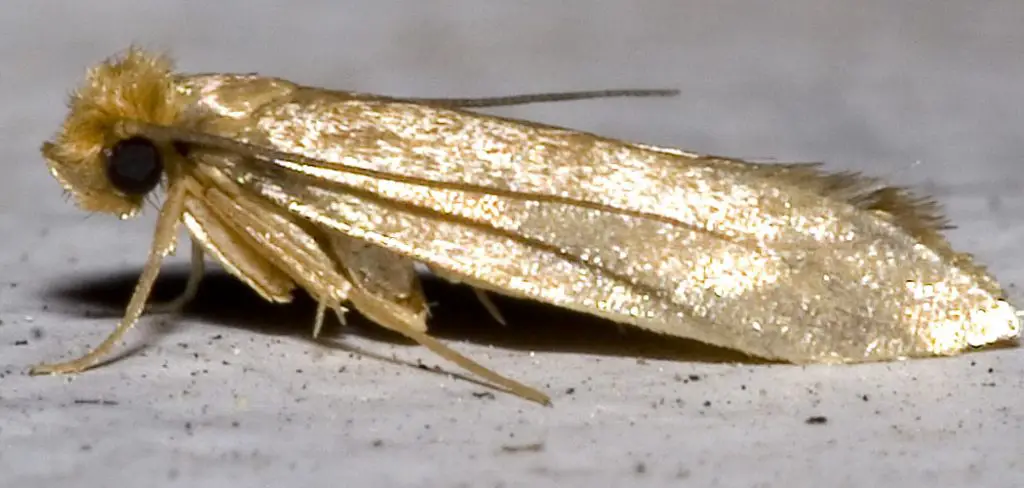
Recognizing the signs of an infestation and understanding how to prevent carpet moths is crucial in maintaining the integrity of your textiles. This article aims to equip you with practical and effective steps to safeguard your carpets and prevent the inconvenience and expense associated with carpet moth damage. By following these guidelines, you can ensure your home remains free from these destructive pests, preserving the beauty and functionality of your carpeted spaces.
Understanding Carpet Moths
1. What Are Carpet Moths?
Carpet moths, scientifically known as Tineola bisselliella, are small insects notorious for their destructive larvae, which are primarily responsible for damage to carpets and textiles. The lifecycle of a carpet moth begins with tiny eggs laid in dark, undisturbed areas, followed by larval development, which can last several months. These larvae feed on natural fibers, particularly wool and silk, making them significant threats to carpets and rugs made from these materials. As they grow, larvae derive nutrients from keratin found in these fibers, while adult moths seek out suitable environments to lay eggs, perpetuating the cycle.
2. Signs of a Carpet Moth Infestation
Detecting a carpet moth infestation early is critical to minimizing damage and expense. Common signs include irregular holes or patches on carpets and rugs where larvae have fed, resulting in missing or frayed fibers. Additionally, you may notice silky webs or cases, which are protective structures spun by the larvae, often seen in crevices or beneath furniture. Other indicators include the presence of cocoons or adult moths flitting near textiles. Vigilance and prompt action upon observing these signs can significantly reduce the extent of damage and prevent further infestations.
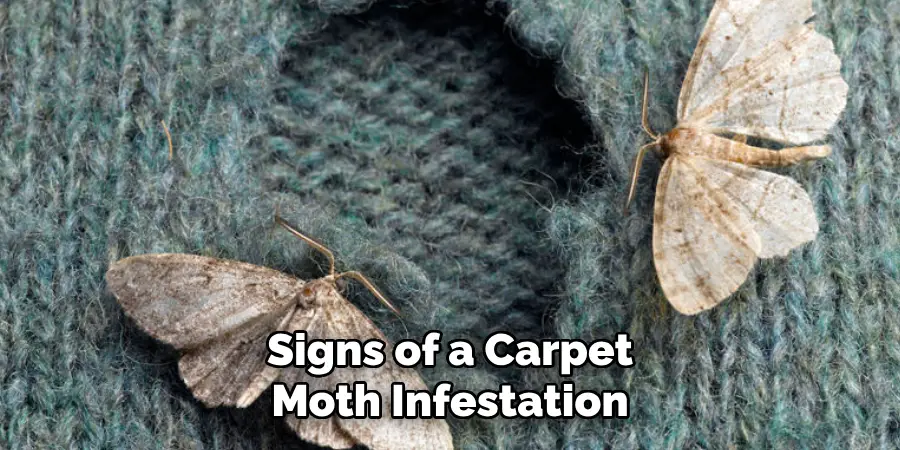
How to Prevent Carpet Moths: Regular Cleaning and Maintenance
1. Frequent Vacuuming
Regular vacuuming prevents carpet moth infestations by removing larvae and eggs hidden within the fibers. Focusing on dark and undisturbed areas, such as beneath furniture and along baseboards, is crucial as these locations provide ideal breeding grounds for moths. Utilize vacuum attachments to thoroughly clean corners, edges, and crevices where moths are likely to hide. Regular vacuuming disrupts the lifecycle of carpet moths by removing eggs before they hatch and larvae before they can cause significant damage. Aim to vacuum high-risk areas at least once a week to maintain a moth-free environment.
2. Steam Cleaning
Steam cleaning effectively kills carpet moth eggs and larvae as the intense heat penetrates deep into the carpet fibers. The temperature generated by steam cleaning machines can effectively eliminate the threat moths pose at every stage of their lifecycle. To maintain the integrity of your carpets and deter moths, performing a deep steam clean at least twice a year is recommended. This helps eliminate existing moth populations and acts as a preventative measure against future infestations. Be sure to follow the manufacturer’s instructions and ensure the carpet is not overly saturated during the process to preserve its quality.
3. Cleaning and Rotating Rugs
Area rugs, particularly those in storage or less-trafficked rooms, require special attention to prevent moth infestations. Regularly shake out and clean these rugs to remove dust, debris, and any potential moth larvae. Take them outside and beat them thoroughly to dislodge any hidden pests if possible. Additionally, rotating rugs periodically ensure even wear and expose fibers to light and air, conditions that moths find less appealing. Exposure to light deters moths, as they prefer dark environments to lay their eggs. Rotating rugs every few months not only discourages moth presence but also helps maintain the aesthetic and structural condition of your rugs, enhancing their longevity and appearance.
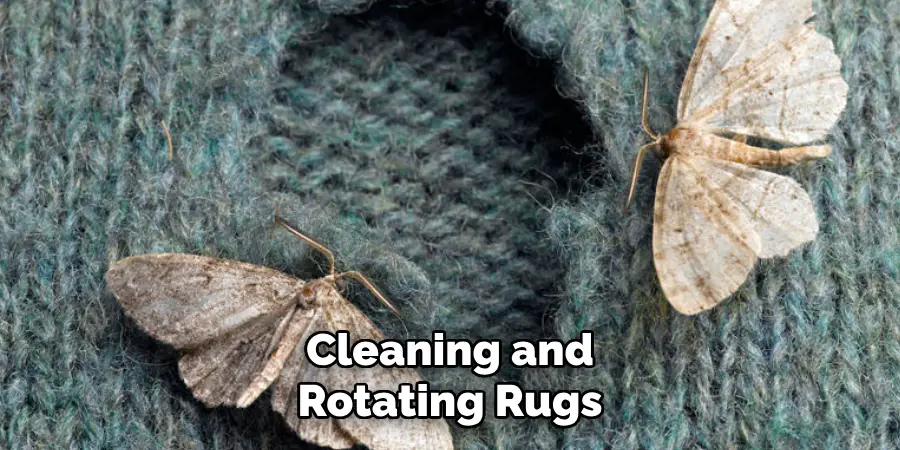
How to Prevent Carpet Moths: Controlling Humidity and Ventilation
1. Reducing Humidity in the Home
Carpet moths thrive in humid environments, where moisture fosters an ideal breeding ground for their eggs and larvae. To combat this, it is vital to maintain low humidity levels, particularly in vulnerable areas such as basements, storage spaces, and poorly ventilated rooms. Utilizing dehumidifiers can significantly aid in moisture control, drawing excess water from the air and making conditions less favorable for moths. Dehumidifiers should be strategically placed in these high-risk areas to maximize their effectiveness. Additionally, regular checks on humidity levels can guide when and where to deploy these devices to ensure consistent control.
2. Improving Air Circulation
Improving air circulation is essential in creating an inhospitable environment for carpet moths. Regularly airing out rooms by opening windows can help disperse stagnant air and inject fresh, dry air into space to enhance airflow. Fans can be utilized to promote continual circulation, further reducing the likelihood of humid, moth-attracting conditions. Increased airflow lowers moisture levels and prevents moths from establishing a foothold by eliminating the dark, damp spaces they prefer. Consistently fostering a well-ventilated environment contributes significantly to preventing carpet moth infestations.
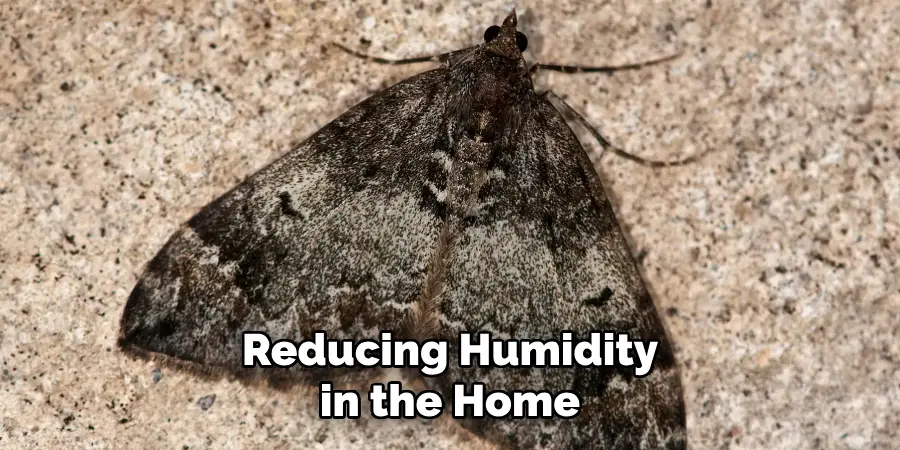
3. Using Climate Control in Storage
When storing carpets and other textiles, it’s crucial to select dry, climate-controlled areas to avert moth infestations. Moths are more likely to infest items left in dark, humid conditions, so ensuring your storage options are dry can make a significant difference. To protect your textiles, consider using storage solutions with climate control features, such as temperature and humidity regulation. Minimizing exposure to these favorable conditions can effectively reduce the risk of carpet moths damaging stored items. Careful consideration of storage environments is a proactive measure in maintaining the condition of your valuable textiles.
Natural and Chemical Moth Deterrents
1. Using Moth Repellents
Natural moth repellents can be an effective first line of defense against carpet moths. Cedar, lavender, and rosemary are well-known for their moth-repelling properties. Cedar is particularly effective because it contains natural oils that kill moth larvae and deter adult moths. Placing cedar blocks or chips around carpeted areas, inside closets, or in storage spaces can help keep moths at bay. Lavender and rosemary work by emitting scents that moths find unappealing. Consider using lavender sachets or rosemary bundles in similar placements, or opt for sprays infused with essential oils derived from these plants for a more pervasive application. Refresh these natural deterrents regularly to ensure they maintain their potency and effectiveness over time.

2. Applying Insecticide Sprays or Powders
For a more aggressive approach, insecticide sprays or powders specifically designed for moth control can serve as an additional safeguard for protecting carpets and rugs. These products often contain chemicals that target the moth’s lifecycle, effectively killing eggs, larvae, and adult moths. When choosing an insecticide, it’s important to select a safe formulation for pets and children. Thoroughly read and follow the product’s label instructions, applying it to carpet areas with a focus on corners, edges, and under furniture where moths are likely to hide. As directed by the product, regular applications can help maintain an effective barrier against infestations.
3. Using Moth Traps
Pheromone moth traps provide a chemical-free alternative for controlling moth populations by targeting adult moths. These traps contain pheromones that lure adult male moths, reducing their ability to mate and subsequently minimizing reproduction rates. Moth traps are an excellent monitoring tool, offering visible evidence of moth activity levels within your environment. To maximize their effectiveness, strategically place the traps in areas with high carpet traffic or where infestations are suspected, such as near baseboards, under furniture, or close to closets. Regularly check and replace traps as the manufacturer recommends to maintain their efficacy as part of a comprehensive moth control strategy.
Storing Textiles and Carpets Properly
1. Proper Storage for Off-Season Carpets
When storing carpets during off-seasons, it is crucial to ensure they are rolled up and placed in airtight containers or sealed bags. This approach helps prevent access to moths, reducing the infestation risk. Before sealing carpets, make sure they are thoroughly cleaned and dry to eliminate any potential larvae or eggs. Adding moth-repelling sachets or cedar blocks within storage areas provides additional protection, as these natural deterrents emit scents that moths find unappealing. Placing these items strategically around stored carpets can help maintain a moth-free environment, ensuring your textiles remain in good condition.
2. Regularly Checking Stored Items
Regular inspections of stored carpets, rugs, and textiles are vital for preventing moth infestations. Check these items for visible signs of moth activity every few months, such as webs, larvae, or small holes. Early detection is critical, as it allows for prompt intervention, preventing the spread of moths to other areas of your home. Setting a routine inspection schedule can help catch potential infestations before they become significant, protecting your valuable belongings and maintaining a moth-free environment throughout your living spaces.
3. Avoiding Moth-Attracting Fabrics in Storage
When selecting storage locations for natural fiber carpets and textiles, avoid damp areas like basements, attics, or any spaces prone to high humidity. Instead, opt for dry, well-ventilated environments to reduce the likelihood of moth infestations. Moths are particularly attracted to areas with moisture, which provides an ideal breeding ground. By carefully choosing storage conditions and keeping susceptible fabrics away from potentially infested areas, you can effectively safeguard your textiles against moth damage. This proactive approach is essential for preserving your carpets’ and other textiles’ integrity and longevity.
Professional Pest Control Options
1. When to Call a Professional
There are certain situations where engaging a professional pest control service becomes necessary, particularly in severe moth infestations or when the source of the infestation is difficult to identify. Professional pest control specialists have the experience and tools needed to effectively locate and treat moth colonies within your home. They can implement specialized treatments and fumigation processes that thoroughly eradicate both adult moths and larvae, ensuring a comprehensive solution to the problem. These experts can also offer advice on preventing future infestations by identifying potential risk areas and recommending targeted strategies. In cases where DIY methods prove insufficient or when infestations threaten the condition of valuable textiles, seeking professional assistance is a prudent step toward achieving long-term protection.
2. Professional Cleaning and Treatment Services
In addition to pest control, professional carpet cleaning services offer an added protection layer. These services provide deep-cleaning capabilities that are often inaccessible through standard home cleaning methods. Many professional cleaners also offer specific moth treatment options, ensuring any remnants of an infestation, such as eggs or larvae, are addressed. Opting for periodic professional cleanings can enhance ongoing carpet maintenance by removing dirt, allergens, and potential feeding sources for moths. Incorporating these services into your routine care strategy helps maintain the appearance and integrity of your carpets, providing peace of mind and a healthier living environment.
Conclusion
In summary, understanding how to prevent carpet moths involves a multi-faceted approach, including regular cleaning, using insecticides and moth traps, and adopting proper storage techniques. Additionally, enhancing ventilation in storage areas and avoiding moth-attracting fabrics can significantly reduce infestation risk. The key to successful prevention lies in vigilance and creating a moth-deterrent environment. By consistently applying these methods, you can protect your carpets and textiles from long-term damage. Embrace these preventative practices to maintain the integrity and appearance of your home furnishings for years to come.
About
Angela is the chief editor of Indoorense. She began her career as an interior designer before applying her strategic and creative passion to lifestyle and home.
She has close to 15 years of experience in creative writing and online content strategy for housekeeping and cleaning,home decorations as well as other efforts.
She loves her job and has the privilege of working with an extraordinary team. She lives with her husband, two sons, and daughter in Petersburg. When she’s not busy working she spent time with her family.

